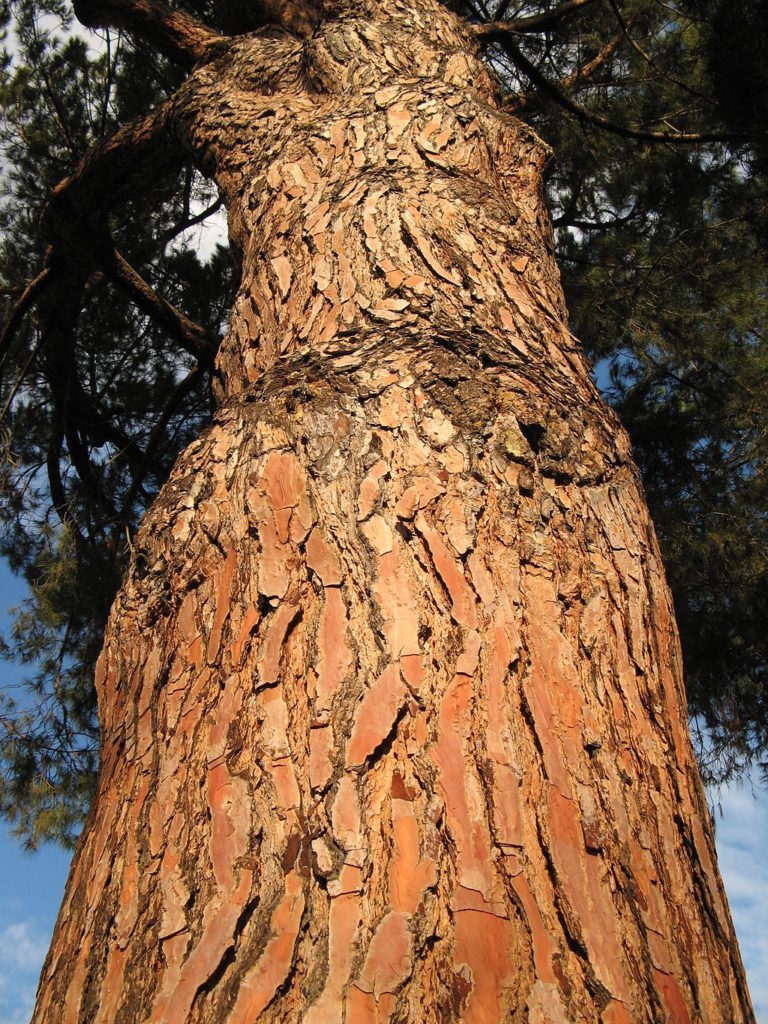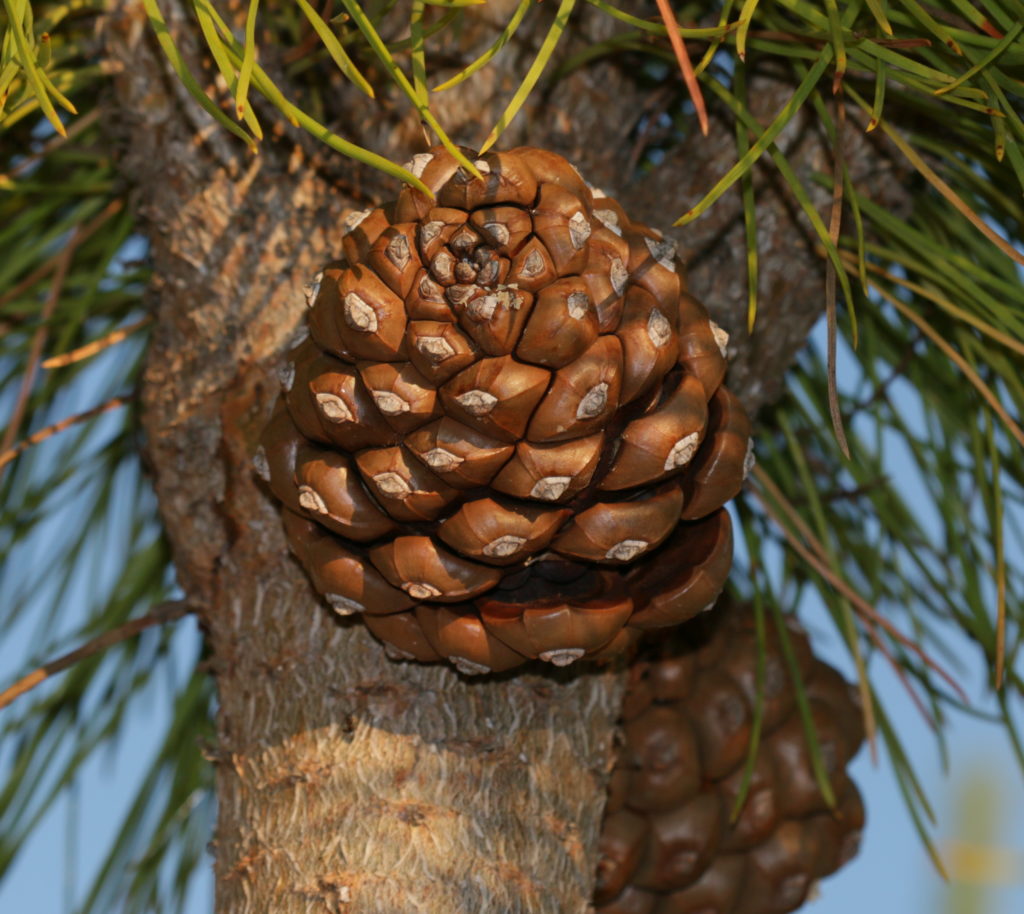نوع نباتي شجري يتبع الفصيلة الصنوبرية. سماه عالم النبات الاسكتلندي فيليب ميلر سنة 1768. نسبة إلى حلب في سوريا.
يمكن أن يصل ارتفاع الشجرة إلى 20 مترًا، الجذع ملتو عادة على نحو سلس والنّباح رمادي في البداية ثم سميكة ومتشققة تتحول إلى اللون البني والأحمر مع تقدم العمر. الأشجار الجديدة لها شكل منتظم إلى حد ما، والمعمرة عارية من أسفلها.
بالإضافة إلى الطيور المتنوعة التي تجد ملجأ على هذه الأشجار، تستضيف شجرة الصنوبر الجوي ما يلي : الفئران، السناجب، فراشة الصنوبر، يرقات الصنوبر والأخيرة هي حشرة مضرة بأشجار الصنوبر لأنها تقضي على جذوعها وقشورها الصلبة مما يؤدي إلى موت الأشجار.
يحتوي الصنوبر على نسبة كبيرة من الفيتامينات والعناصر الغذائية مثل فيتامين a، d، كما أنها غنية بفيتامين سي وتعزيز قوة الجهاز المناعي ومصدر جيد من الحديد والبروتين والماغنسيوم.
تحوي مساحة ألف متر مربع عموماً 30 شجرة، وتنتج شجرة الصنوبر الجوي ذات الحجم المتوسط 40 كلغ من الأكواز في السنة، ما يؤدي إلى إنتاج 48 كلغ من الصنوبر الأبيض.
صنوبر جوي
ينتشر بين 0 – 1500 م عن سطح البحر
علو الشجرة: 10-25 م
الإزهار: أيار

The stone pine, botanical name Pinus pinea, also known as the Italian stone pine, umbrella pine and parasol pine, is a tree from the pine family (Pinaceae).The stone pine is a coniferous evergreen tree that can exceed 25 metres (80 feet) in height, but 12–20 m (40–65 ft) is more typical. In youth, it is a bushy globe, in mid-age an umbrella canopy on a thick trunk, and, in maturity, a broad and flat crown over 8 m (26 ft) in width. The bark is thick, red-brown and deeply fissured into broad vertical plates.
The flexible mid-green leaves are needle-like, in bundles of two, and are 10–20 cm (4–8 in) long (exceptionally up to 30 cm or 12 in). Young trees up to 5–10 years old bear juvenile leaves, which are very different, single (not paired), 2–4 cm (3⁄4–1+1⁄2 in) long, glaucous blue-green; the adult leaves appear mixed with juvenile leaves from the fourth or fifth year on, replacing it fully by around the tenth year. Juvenile leaves are also produced in regrowth following injury, such as a broken shoot, on older trees.
The cones are broad, ovoid, 8–15 cm (3–6 in) long, and take 36 months to mature, longer than any other pine. The seeds (pine nuts, piñones, pinhões, pinoli, or pignons) are large, 2 cm (3⁄4 in) long, and pale brown with a powdery black coating that rubs off easily, and have a rudimentary 4–8 mm (5⁄32–5⁄16 in) wing that falls off very easily. The wing is ineffective for wind dispersal, and the seeds are animal-dispersed, originally mainly by the Iberian magpie, but in recent history largely by humans.


Comments are closed.